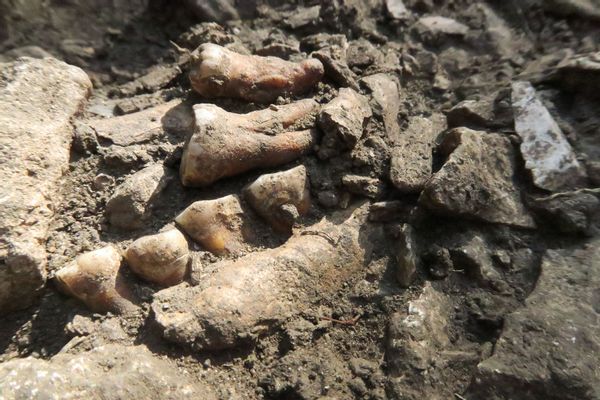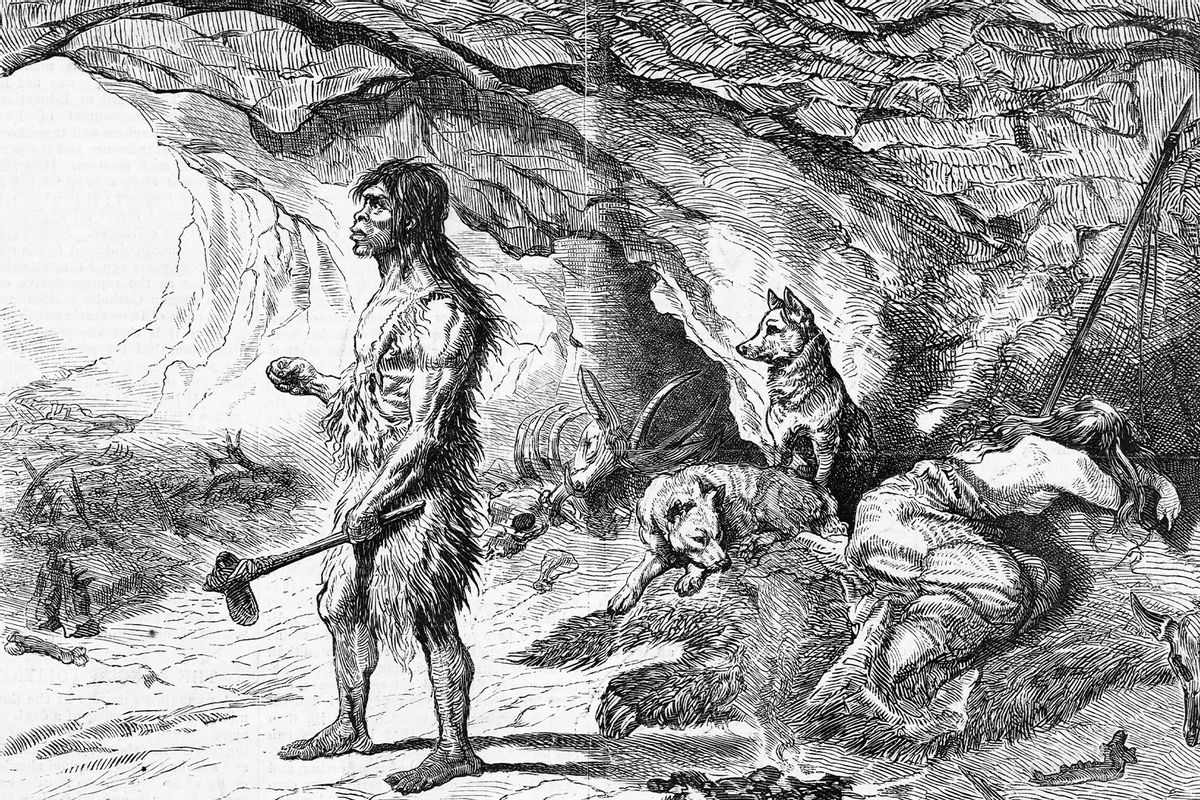Sharing the name of a legendary dwarf in J. R. R. Tolkien's classic fantasy novel "The Hobbit," a Neanderthal now known as Thorin wandered the Earth up to 42,000 years ago. Now a new study in the journal Cell Genomics reveals that Thorin probably lived a very isolated life ... one that seemingly included lots of inbreeding.
Analyzing a whole-genome sequence extracted from part of the root of one of Thorin's molars, researchers led by Ludovic Slimak from Toulouse, France's Center for Anthropobiology and Genomics discovered Throin was a male with a high amount of genetic homozygosity. This means Thorin's genome was full of the variants one usually sees with recent inbreeding, a striking feature given other modern humans lived nearby with whom Thorin's Neanderthal community could have interbred. Indeed, Thorin's genetic makeup was much closer to the genomes of early Neanderthals from more than 100,000 years ago, suggesting Thorin's community remained isolated from other Neanderthals for at least 50,000 years.
 Fossilized Neanderthal Thorin (Ludovik Slimak)
Fossilized Neanderthal Thorin (Ludovik Slimak)
"It turns out that what I proposed 20 years ago was predictive," Slimak told Live Science. "The population of Thorin had spent 50 millennia without exchanging a single gene with the classical Neanderthal populations."
Thorin's remains were originally discovered by Slimak, who theorized more than two decades ago that Neanderthals in France's Rhône Valley had failed to adopt new tool-making styles seen among their contemporary Neanderthal communities, and therefore were likely from a distinct lineage. The fact that this Neanderthal was among the final individuals within its community inspired Slimak to affix its literary name. Studies like these can help us understand what contributed to the demise of Neanderthals.
“Thorin in the Hobbit is one of the last dwarf kings under the mountain and the last of its lineage. Thorin the Neanderthal is also an end of lineage. An end of a way to be human,” Slimak explained to IFLScience.
Read more
about hunter-gatherers



Shares